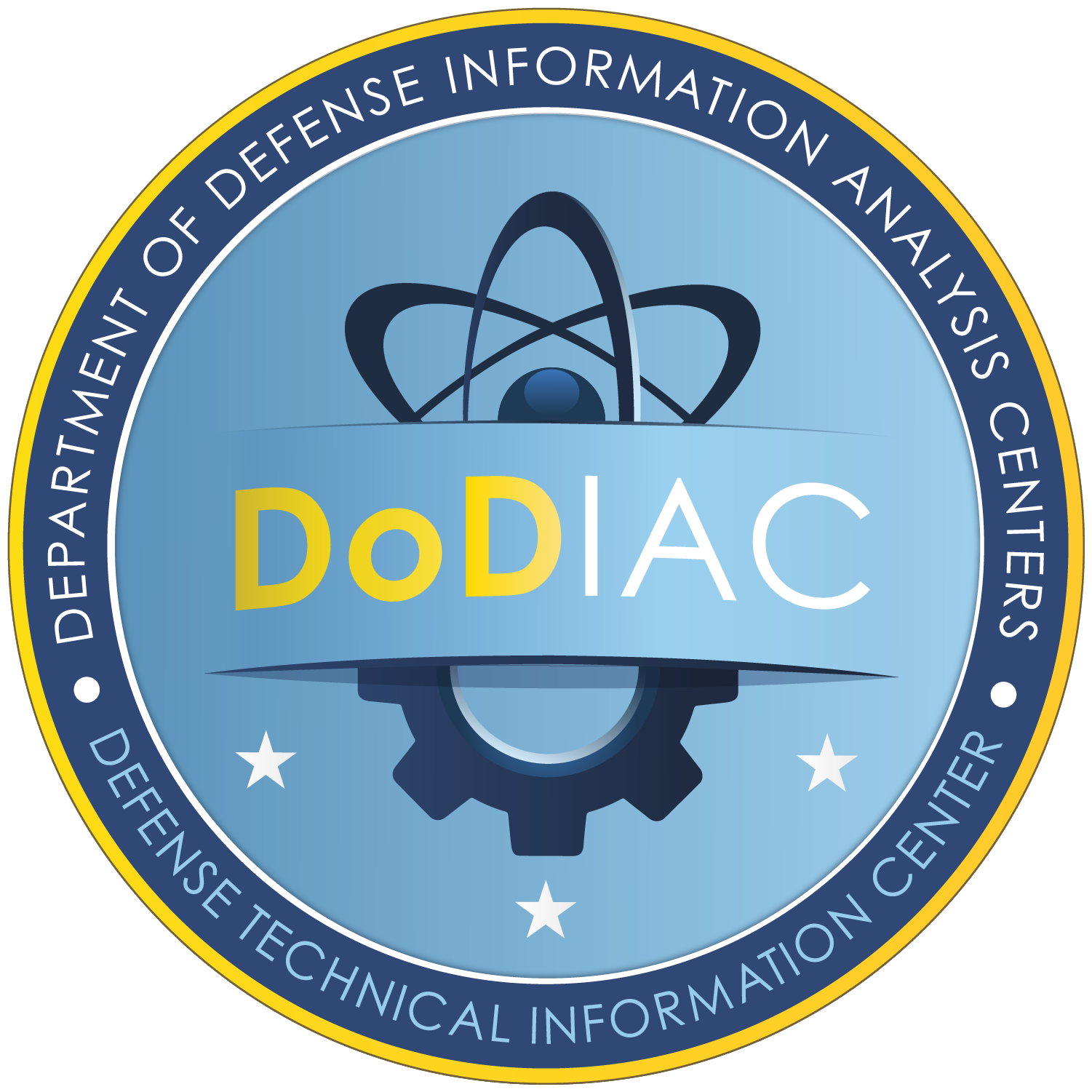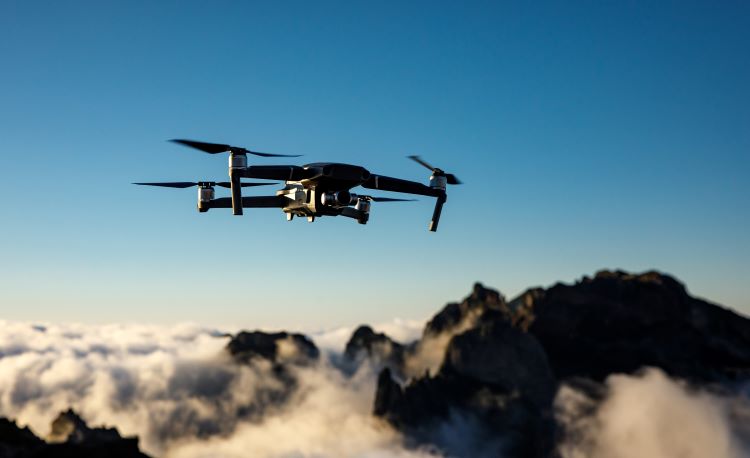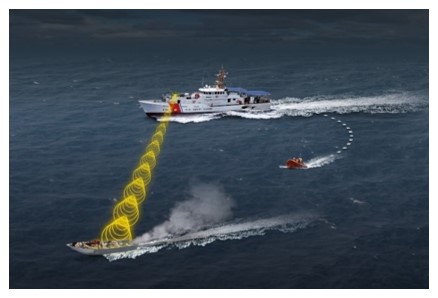Are you interested in delivering a webinar presentation on your DoD research and engineering efforts?
DSIAC hosts live online technical presentations featuring a DoD research and engineering topic within our technical focus areas.
Host a Webinar with dsiac
Upcoming Webinars
Automated/Autonomous Impacts Routing – Path Optimization Through Adverse Atmospheric Effects and Obstacles
Automated Impacts Routing (AIR) is a software system that uses a modified version of the A* algorithm by including environmental (atmosphere/terrain) effects coupled with shortest path calculations. It allows best and second-best path solutions as…
The Next Frontier in Energy and Materials: Turbostratic Graphene
Unlike conventional single- or few-layer graphene, turbostratic graphene, which is derived from biomass feedstock, can perform across a wide range of metrics and applications. To raise awareness and increase domestic production of turbostratic graphene, this…
Past Webinars
Emerging Applications for Ionic and Electric Energetic Materials
Ionic energetic materials are relatively new compared to legacy materials such as ammonium perchlorate, double-base HMX, and hydrazine. Ionic energetic materials are hydroxy ammonium nitrate…
Using 222-nm UV Light for Continuous Disinfection of Occupied Buildings and Vehicles
For over 100 years, scientists have known ultraviolet (UV) light is very effective at killing pathogens. While 254-nm UV is widely used to clean our…
Optimizing Logistics Outcomes: The U.S. Navy’s Model-Based Product Support (MBPS)
The Navy’s current logistics data systems that provide configuration management, provisioning, readiness modeling, and technical data management support for ships and weapon systems are outdated….
Open Standards and Interoperability in the Army
As the Army Common Operating Environment (COE) matures and begins to deliver capability products from each of the computing environments (CEs), we start to see…
Active Denial Technology Computational Human Effects End-To-End Hypermodel (ADT CHEETEH)
The ADT CHEETEH is a computational model simulating the response of a human target to Active Denial Technology (ADT). ADT is a counterpersonnel, nonlethal weapon…
Directed Energy Intermediate Force Capabilities (IFCs): Relevant Across the Range of Military Operation
Directed energy weapons are key to addressing the Joint Force’s capability gaps. The Joint Intermediate Force Capabilities Office (JIFCO), located at Marine Corps Base Quantico,…









